The Congress turned its “middle path” philosophy into a strong pro-incumbency sentiment to claim near-victory with its pre-poll allies.
The Congress turned its “middle path” philosophy into a strong pro-incumbency sentiment to claim near-victory with its pre-poll allies in a historic election that badly shook the Right and decimated the Left.
Decision 2009 was a ringing rejection of the shrill, personalised, and polarised politics of LK Advani’s BJP and Prakash Karat’s CPI(M), while the stupendous performance of Nitish Kumar’s Janata Dal (U) in Bihar and Naveen Patna-ik’s Biju Janata Dal in Orissa is a lesson for other regional parties that inclusive, development-driven governance pays electoral dividends.
The most heartening thing for the Congress is that its balancing act of the past five years between urban and rural India has paid off. It got a whopping increase of nearly 60 seats over its 2004 tally and an impressive vote share increase of over 2.5% despite a fragmented polity that saw a plethora of regional players like Chiranjeevi’s Praja Rajyam and Raj Thackeray’s MNS making ripples.
The Congress party’s winning streak took its personal score to 200-odd seats, its highest since 1991, and the UPA’s tally to 250-plus, bringing it within striking distance of the halfway mark of 272. This means the UPA only needs some independents and, possibly, one major ally to form a coherent government.
The Congress recorded sweeping victories in Rajasthan, Andhra Pradesh, Punjab, and Kerala, and made major gains in Uttar Pradesh, Maharashtra, and Madhya Pradesh, while allies retained ground in Tamil Nadu.
Lalu Prasad’s Rashtriya Janata Dal and Ram Vilas Paswan’s Lok Janshakti Party cut sorry figures in Bihar, while the Samajwadi Party and Mayawati’s BSP failed to sparkle in the key battleground of Uttar Pradesh.
Riding the popularity of welfare schemes like the farm loans waiver and the National Rural Employment Guarantee Scheme, as well as a sizeable increase in the minimum support price for grain, this was clearly not a summer of discontent for rural areas. And in the cities and towns, the triumvirate of Manmohan Singh, Sonia Gandhi, and Rahul Gandhi presented a more reassuring picture than an angry-faced Advani in a climate of insecurity fuelled by economic recession and terrorism.
The Congress surge in urban areas should be a wakeup call for the BJP. For the second successive election, the BJP failed to win in Delhi and Mumbai, scoring zero in both. This seems to have been the Manmohan Singh factor at work, with voters showing their disapproval of Advani’s high-decibel campaign dubbing him a “weak PM”.
The verdict is a personal triumph for Sonia Gandhi. For five years, she has deftly steered the UPA despite pulls and pressures of all kinds. With the middle path as her mantra, she has managed to cast herself in the Indira Amma mould as a mother figure for the aam aadmi. But it is Rahul who injected a decisive note into the Congress campaign by insisting that the party project Singh as its prime-ministerial candidate to take on Advani. The strategy wor-ked, with Singh coming into his own to fight the BJP’s PM-in-waiting, giving back as good as he got and winning most of the time.
The other big story of the 2009 polls is the collapse of the Left bastion of West Bengal, which it has ruled for over 30 years. The Left faces its most serious challenge in the rise of Trinamool Congress chief Mamata Banerjee.
Clearly, the Congress-TMC alliance paid off. Again, the credit for pushing ahead with it must go to Rahul, who overruled the reservations of senior Bengal leaders like Pranab Mukherjee to give Banerjee the backing she needed to take on the formidable election machinery of the CPI(M).
While the crumbling of its Bengal citadel is a body blow for the CPI(M), Karat, too, has taken a big hit in these elections. His attempt to emerge as another Harkishan Singh Surjeet, the veteran Marxist politician who successfully put together a Third Front government in 1996, came a cropper. He clearly misread the mood of the electorate, believing that the days of the national parties were over.
Yes, national parties are alive and kicking, but there are no full stops in Indian politics. Nor is there one big picture in a complex nation like India. The big victories of the BJD and JD(U) in Orissa and Bihar, respectively, show that there is space for regional parties that perform. Perhaps leaders like Mayawati, Mulayam Singh Yadav, and Jayalalithaa need to look at those verdicts carefully to understand that voters want delivery from governments. The politics of personal aggrandisement does not pay.
![submenu-img]() Meet man who once suffered loss of Rs 15 crore, then built Rs 2000 crore turnover company at 60, he is…
Meet man who once suffered loss of Rs 15 crore, then built Rs 2000 crore turnover company at 60, he is…![submenu-img]() 'They did her dirty': Aishwarya Rai fans criticise stylist for her 'failed art project' outfit on Cannes red carpet
'They did her dirty': Aishwarya Rai fans criticise stylist for her 'failed art project' outfit on Cannes red carpet![submenu-img]() Woman walks on the streets of Tokyo in saree, viral video shows people’s reaction
Woman walks on the streets of Tokyo in saree, viral video shows people’s reaction![submenu-img]() Blinkit offering ‘free dhaniya’ with vegetable orders, people now asking for free…
Blinkit offering ‘free dhaniya’ with vegetable orders, people now asking for free…![submenu-img]() Kartam Bhugtam: Shreyas Talpade-starrer is a riveting dive into the unknown
Kartam Bhugtam: Shreyas Talpade-starrer is a riveting dive into the unknown![submenu-img]() Meet PhD wife of IIT graduate hired at Rs 100 crore salary package, was fired within a year, he is now…
Meet PhD wife of IIT graduate hired at Rs 100 crore salary package, was fired within a year, he is now…![submenu-img]() Meet woman not from IIT, IIM or NIT, cracked UPSC exam in first attempt with AIR...
Meet woman not from IIT, IIM or NIT, cracked UPSC exam in first attempt with AIR...![submenu-img]() Maharashtra Board Results 2024: MSBSHSE class 10th, 12th results soon, know how to check results via SMS
Maharashtra Board Results 2024: MSBSHSE class 10th, 12th results soon, know how to check results via SMS![submenu-img]() Meet Indian genius who became world’s 'youngest' surgeon at 7, worked in IIT for...
Meet Indian genius who became world’s 'youngest' surgeon at 7, worked in IIT for...![submenu-img]() Meet Kashmir boy, who is JEE topper, wants to pursue Computer Science, he aims to clear...
Meet Kashmir boy, who is JEE topper, wants to pursue Computer Science, he aims to clear...![submenu-img]() DNA Verified: Is CAA an anti-Muslim law? Centre terms news report as 'misleading'
DNA Verified: Is CAA an anti-Muslim law? Centre terms news report as 'misleading'![submenu-img]() DNA Verified: Lok Sabha Elections 2024 to be held on April 19? Know truth behind viral message
DNA Verified: Lok Sabha Elections 2024 to be held on April 19? Know truth behind viral message![submenu-img]() DNA Verified: Modi govt giving students free laptops under 'One Student One Laptop' scheme? Know truth here
DNA Verified: Modi govt giving students free laptops under 'One Student One Laptop' scheme? Know truth here![submenu-img]() DNA Verified: Shah Rukh Khan denies reports of his role in release of India's naval officers from Qatar
DNA Verified: Shah Rukh Khan denies reports of his role in release of India's naval officers from Qatar![submenu-img]() DNA Verified: Is govt providing Rs 1.6 lakh benefit to girls under PM Ladli Laxmi Yojana? Know truth
DNA Verified: Is govt providing Rs 1.6 lakh benefit to girls under PM Ladli Laxmi Yojana? Know truth![submenu-img]() Aishwarya Rai Bachchan turns heads in intricate black gown at Cannes, walks the red carpet with injured arm in cast
Aishwarya Rai Bachchan turns heads in intricate black gown at Cannes, walks the red carpet with injured arm in cast![submenu-img]() Laapataa Ladies' Poonam aka Rachna Gupta looks unrecognisable in viral photos, amazes with jaw-dropping transformation
Laapataa Ladies' Poonam aka Rachna Gupta looks unrecognisable in viral photos, amazes with jaw-dropping transformation![submenu-img]() In pics: Taarak Mehta Ka Ooltah Chashmah actress Deepti Sadhwani dazzles in orange at Cannes debut, sets new record
In pics: Taarak Mehta Ka Ooltah Chashmah actress Deepti Sadhwani dazzles in orange at Cannes debut, sets new record![submenu-img]() Ananya Panday stuns in unseen bikini pictures in first post amid breakup reports, fans call it 'Aditya Roy Kapur's loss'
Ananya Panday stuns in unseen bikini pictures in first post amid breakup reports, fans call it 'Aditya Roy Kapur's loss'![submenu-img]() Remember Harsh Lunia? Just Mohabbat child star, here's how former actor looks now, his wife is Bollywood's popular...
Remember Harsh Lunia? Just Mohabbat child star, here's how former actor looks now, his wife is Bollywood's popular...![submenu-img]() Haryana Political Crisis: Will 3 independent MLAs support withdrawal impact the present Nayab Saini led-BJP government?
Haryana Political Crisis: Will 3 independent MLAs support withdrawal impact the present Nayab Saini led-BJP government?![submenu-img]() DNA Explainer: Why Harvey Weinstein's rape conviction was overturned, will beleaguered Hollywood mogul get out of jail?
DNA Explainer: Why Harvey Weinstein's rape conviction was overturned, will beleaguered Hollywood mogul get out of jail?![submenu-img]() What is inheritance tax?
What is inheritance tax?![submenu-img]() DNA Explainer: What is cloud seeding which is blamed for wreaking havoc in Dubai?
DNA Explainer: What is cloud seeding which is blamed for wreaking havoc in Dubai?![submenu-img]() DNA Explainer: What is Israel's Arrow-3 defence system used to intercept Iran's missile attack?
DNA Explainer: What is Israel's Arrow-3 defence system used to intercept Iran's missile attack?![submenu-img]() 'They did her dirty': Aishwarya Rai fans criticise stylist for her 'failed art project' outfit on Cannes red carpet
'They did her dirty': Aishwarya Rai fans criticise stylist for her 'failed art project' outfit on Cannes red carpet![submenu-img]() Kartam Bhugtam: Shreyas Talpade-starrer is a riveting dive into the unknown
Kartam Bhugtam: Shreyas Talpade-starrer is a riveting dive into the unknown![submenu-img]() Richa Chadha says Heeramandi co-star Sharmin Segal being trolled for her performance is 'audience’s right'
Richa Chadha says Heeramandi co-star Sharmin Segal being trolled for her performance is 'audience’s right'![submenu-img]() Meet only Indian actress whose film is competing for top prize at Cannes; not Aishwarya, Deepika, Kiara, Priyanka, Alia
Meet only Indian actress whose film is competing for top prize at Cannes; not Aishwarya, Deepika, Kiara, Priyanka, Alia![submenu-img]() How two heroines beat Rajinikanth, Vijay, Dhanush to give Tamil cinema's biggest hit of 2024; low-budget film earned...
How two heroines beat Rajinikanth, Vijay, Dhanush to give Tamil cinema's biggest hit of 2024; low-budget film earned...![submenu-img]() Woman walks on the streets of Tokyo in saree, viral video shows people’s reaction
Woman walks on the streets of Tokyo in saree, viral video shows people’s reaction![submenu-img]() Why Australians walk barefoot in public: Here’s the reason
Why Australians walk barefoot in public: Here’s the reason![submenu-img]() People in this country compete to see who’s best at doing nothing, here's why
People in this country compete to see who’s best at doing nothing, here's why![submenu-img]() Viral video: Influencer dressed as 'Manjulika' dances on crowded road, internet reacts
Viral video: Influencer dressed as 'Manjulika' dances on crowded road, internet reacts![submenu-img]() Viral video: Baby elephant receives 'Z-category security' during family nap in Tamil Nadu reserve
Viral video: Baby elephant receives 'Z-category security' during family nap in Tamil Nadu reserve












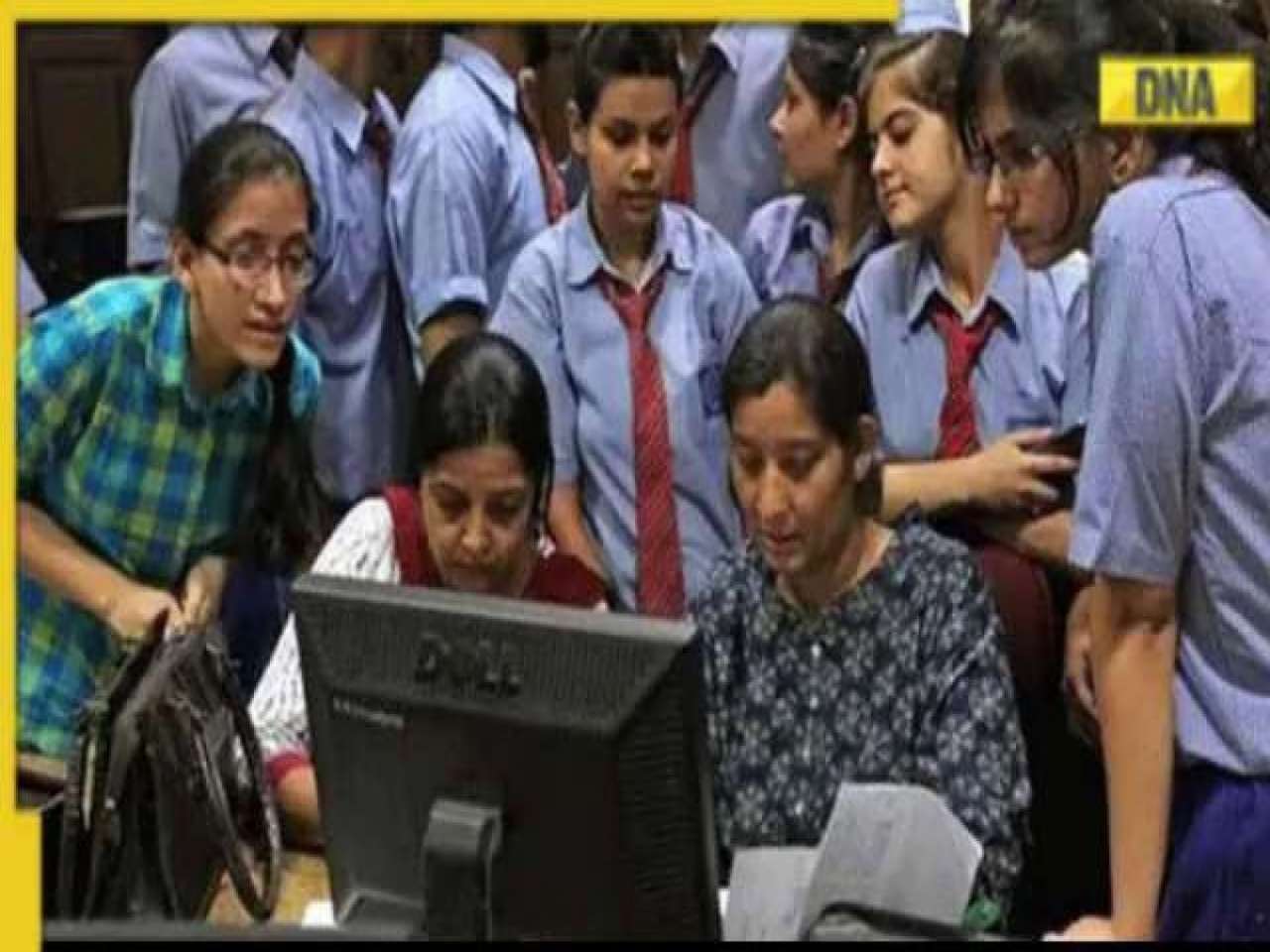

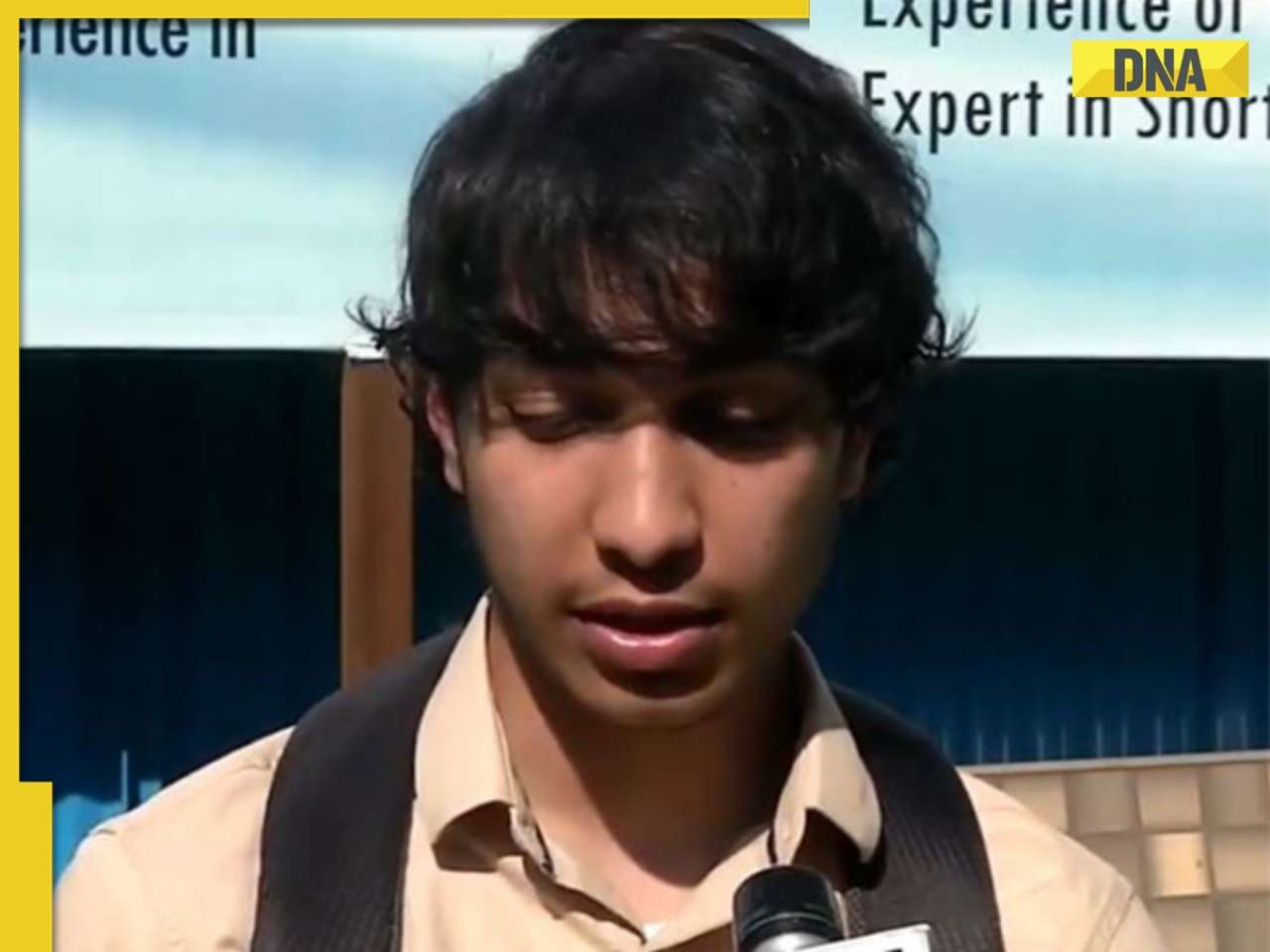
















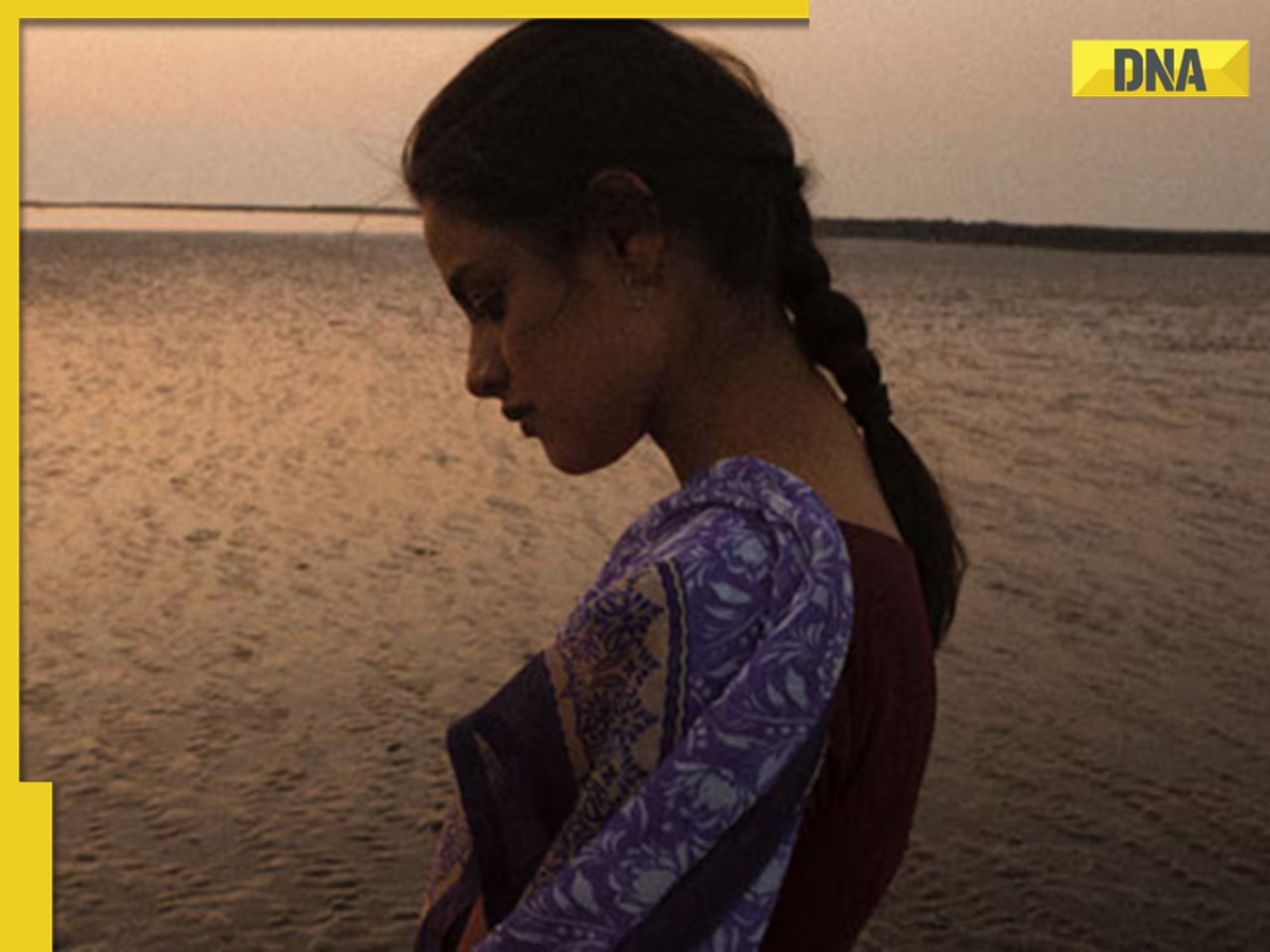


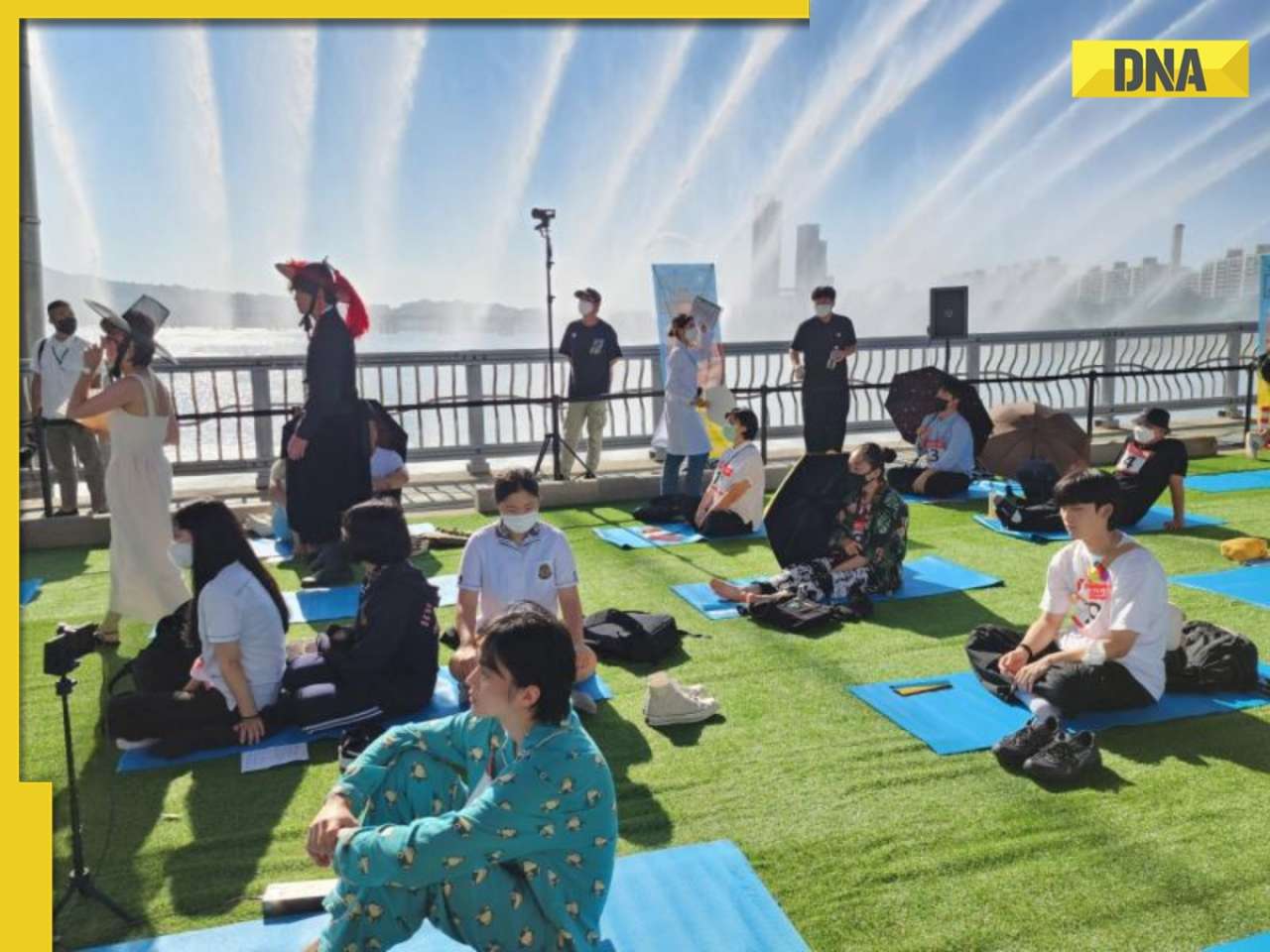
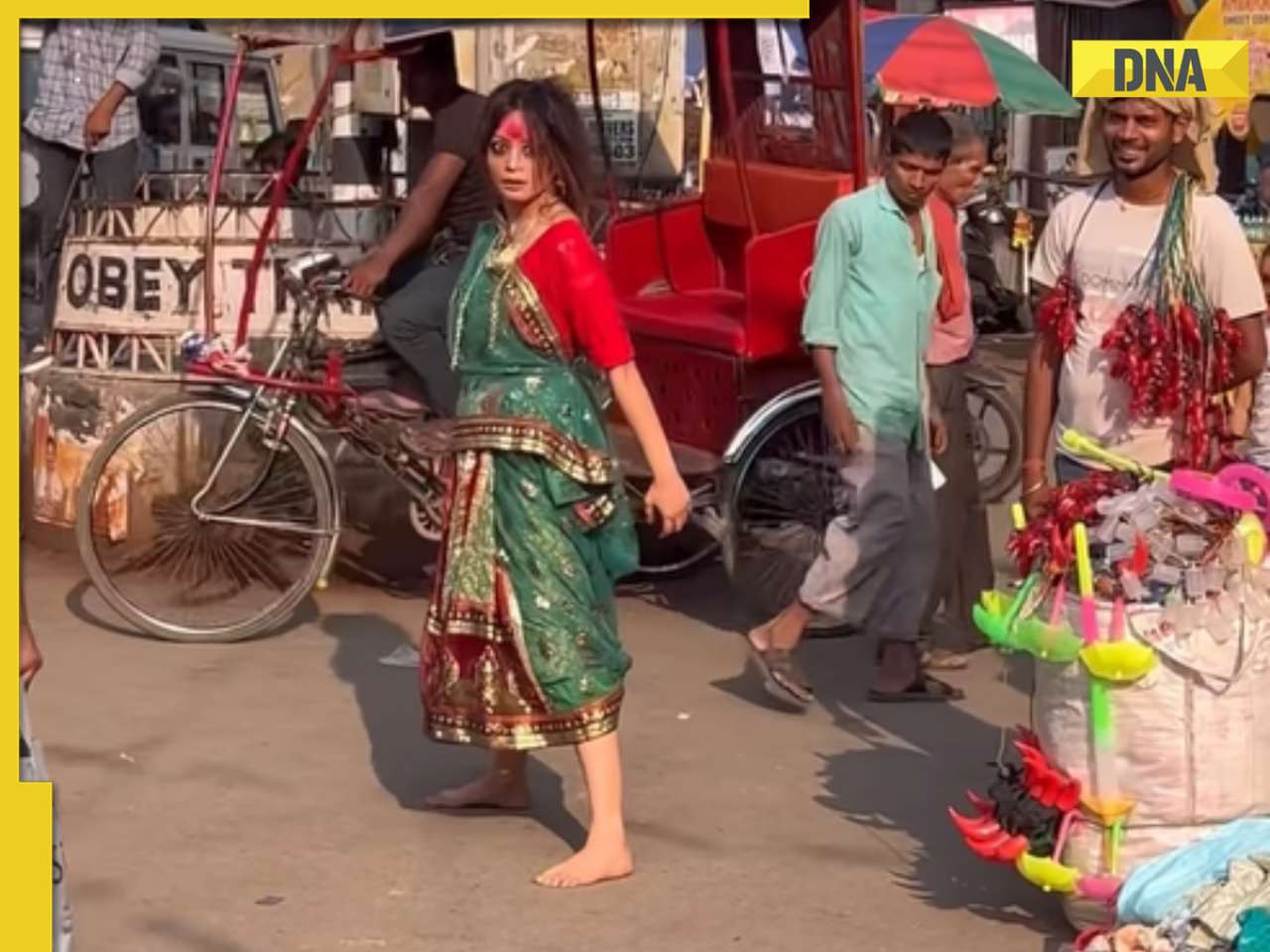
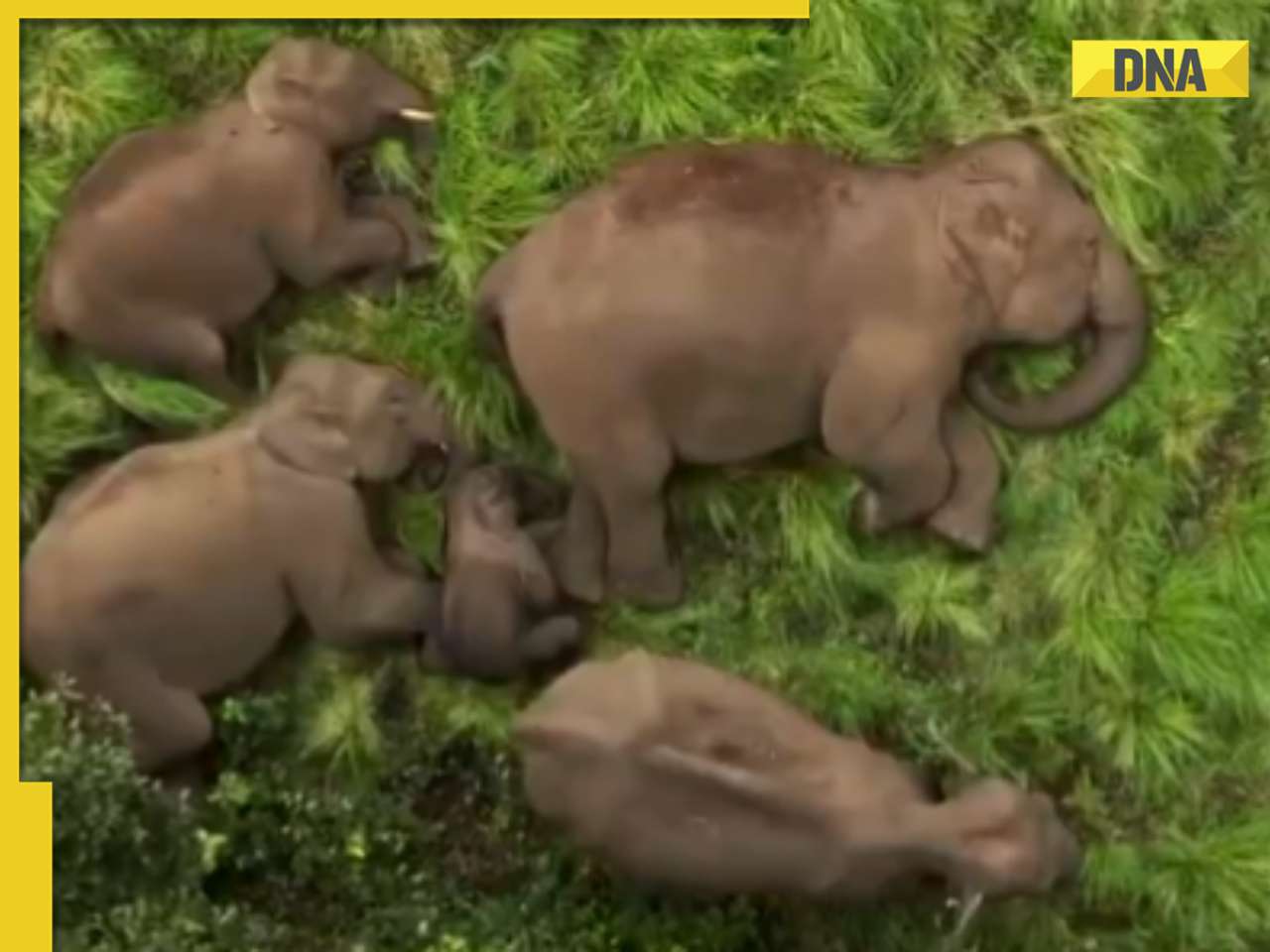


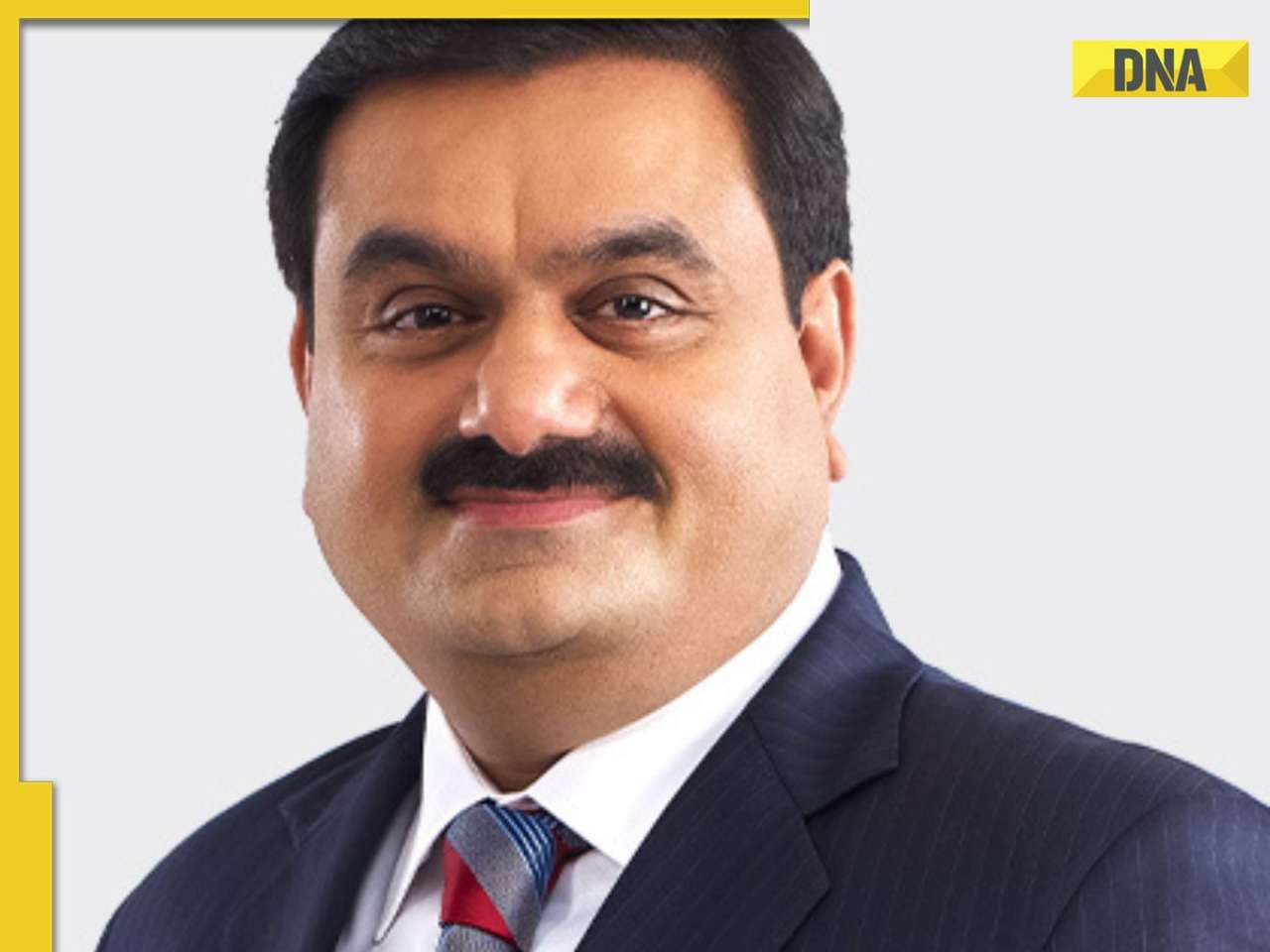






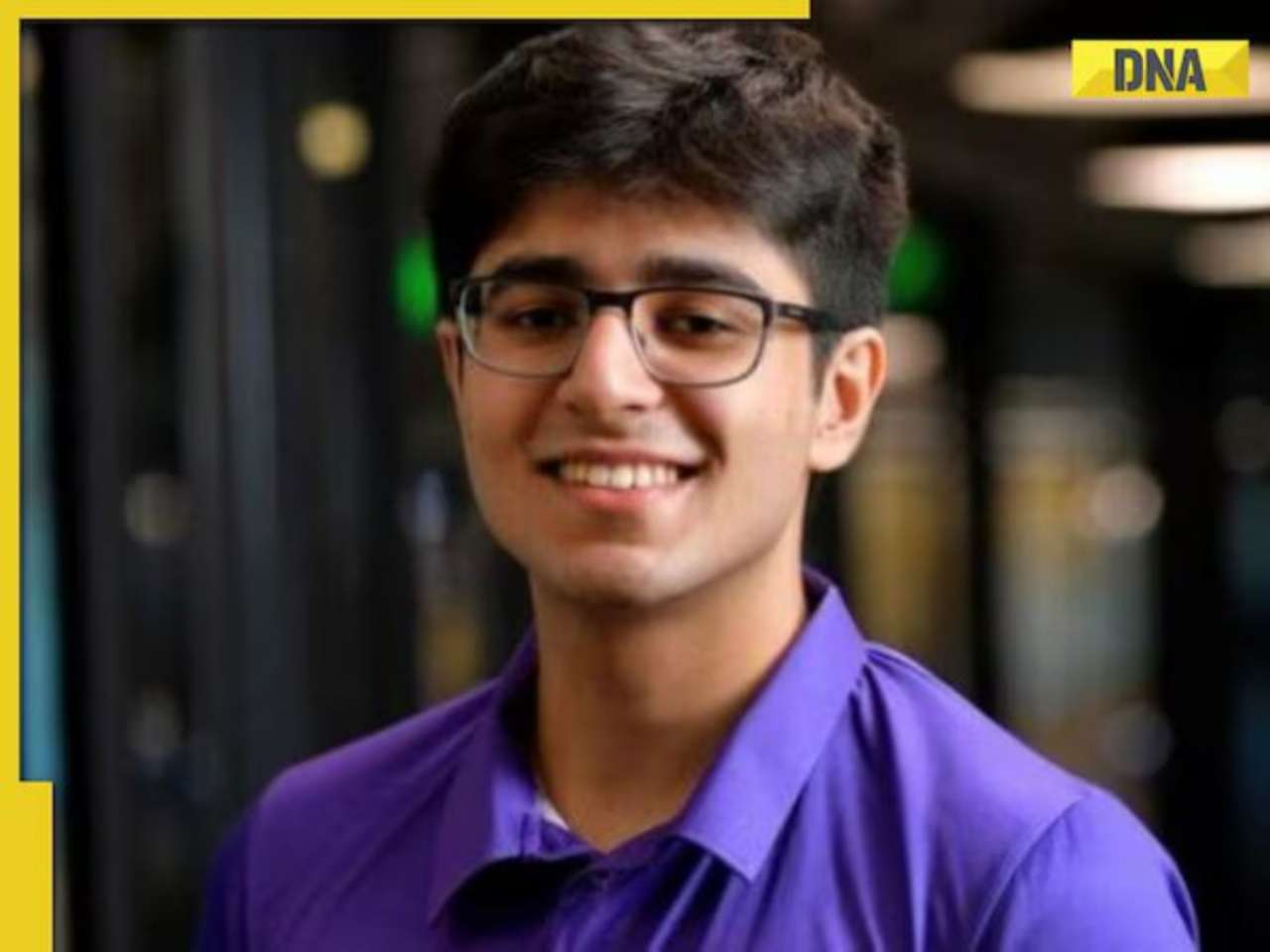


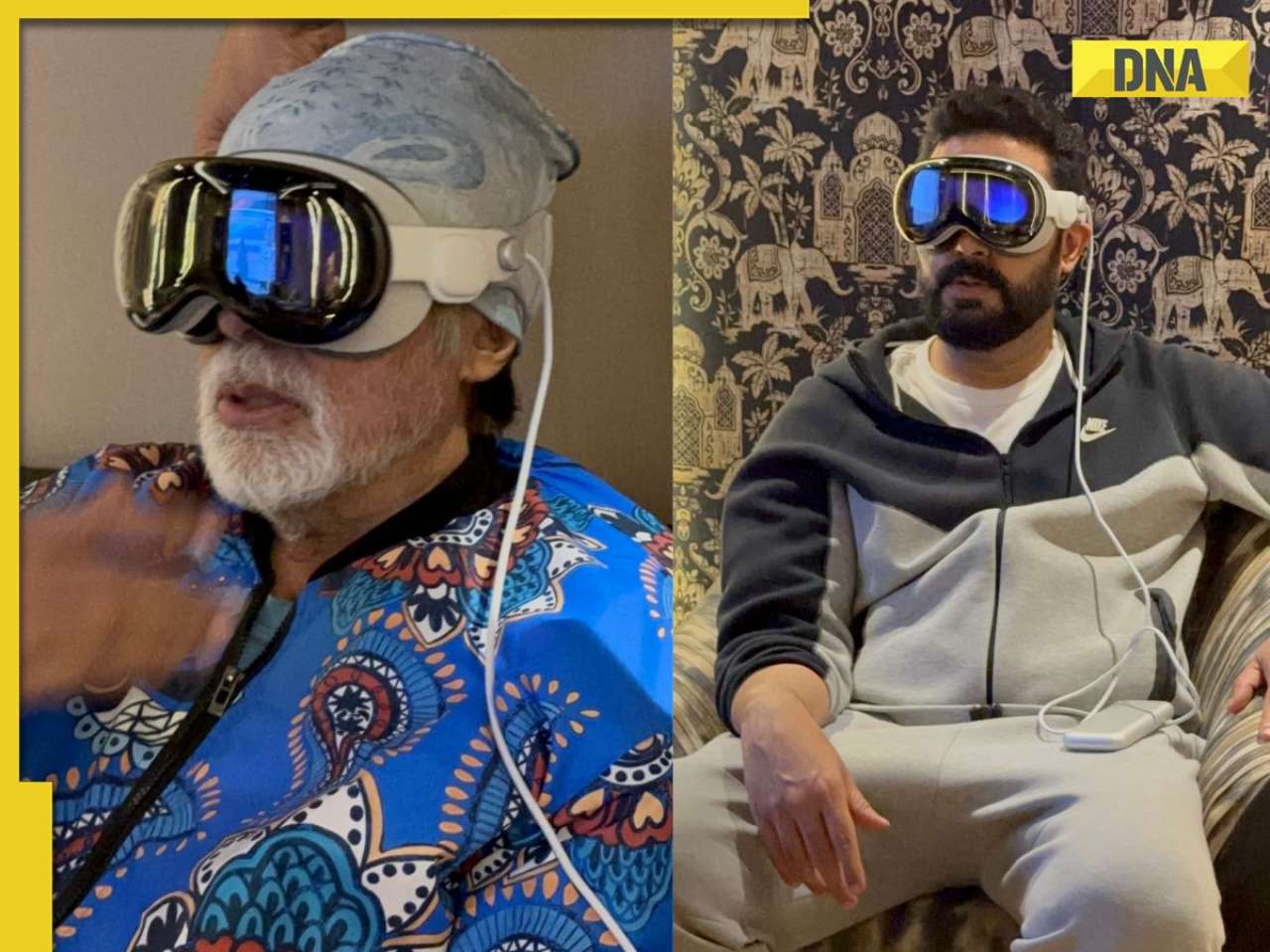
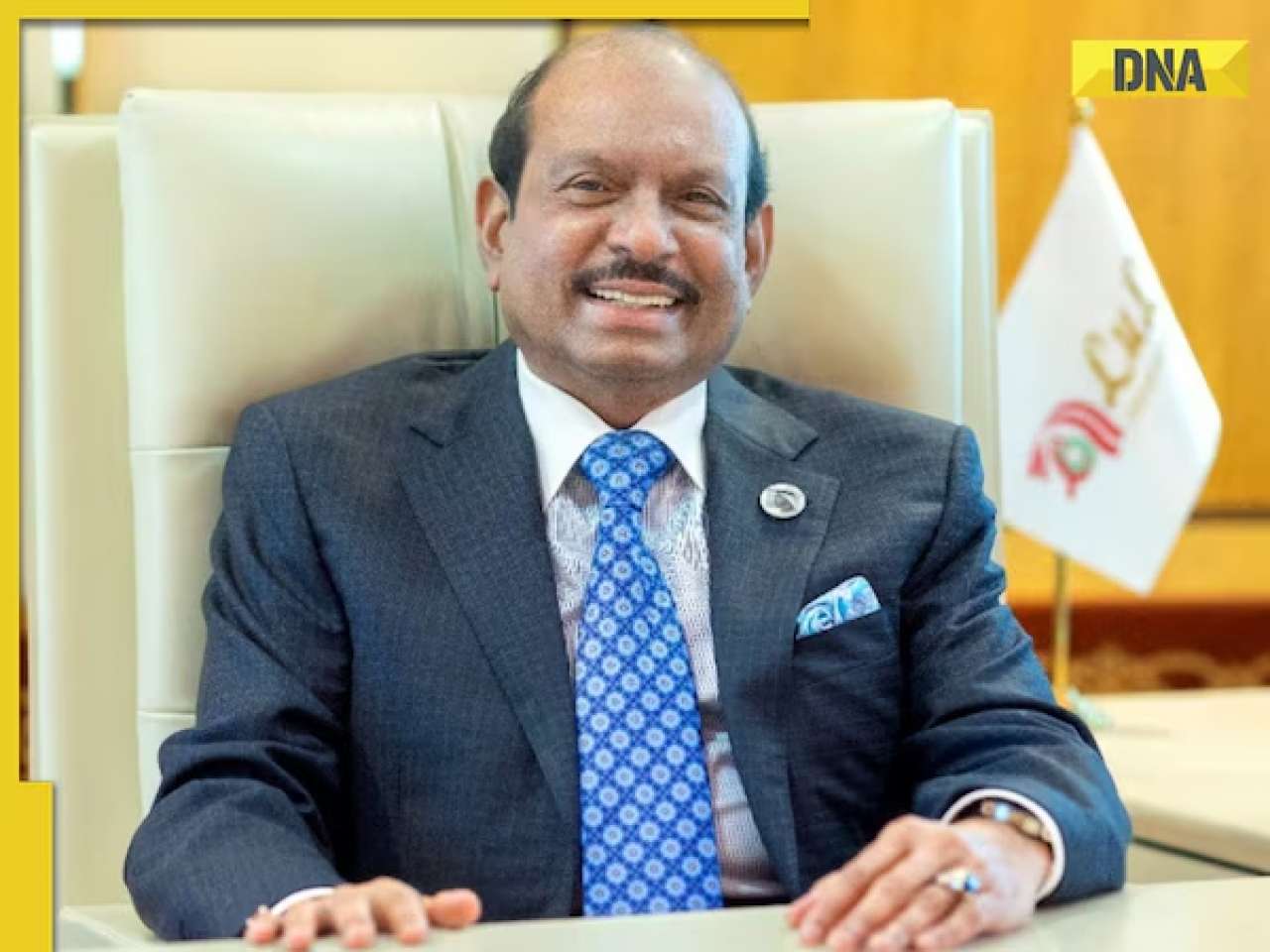





)
)
)
)
)
)